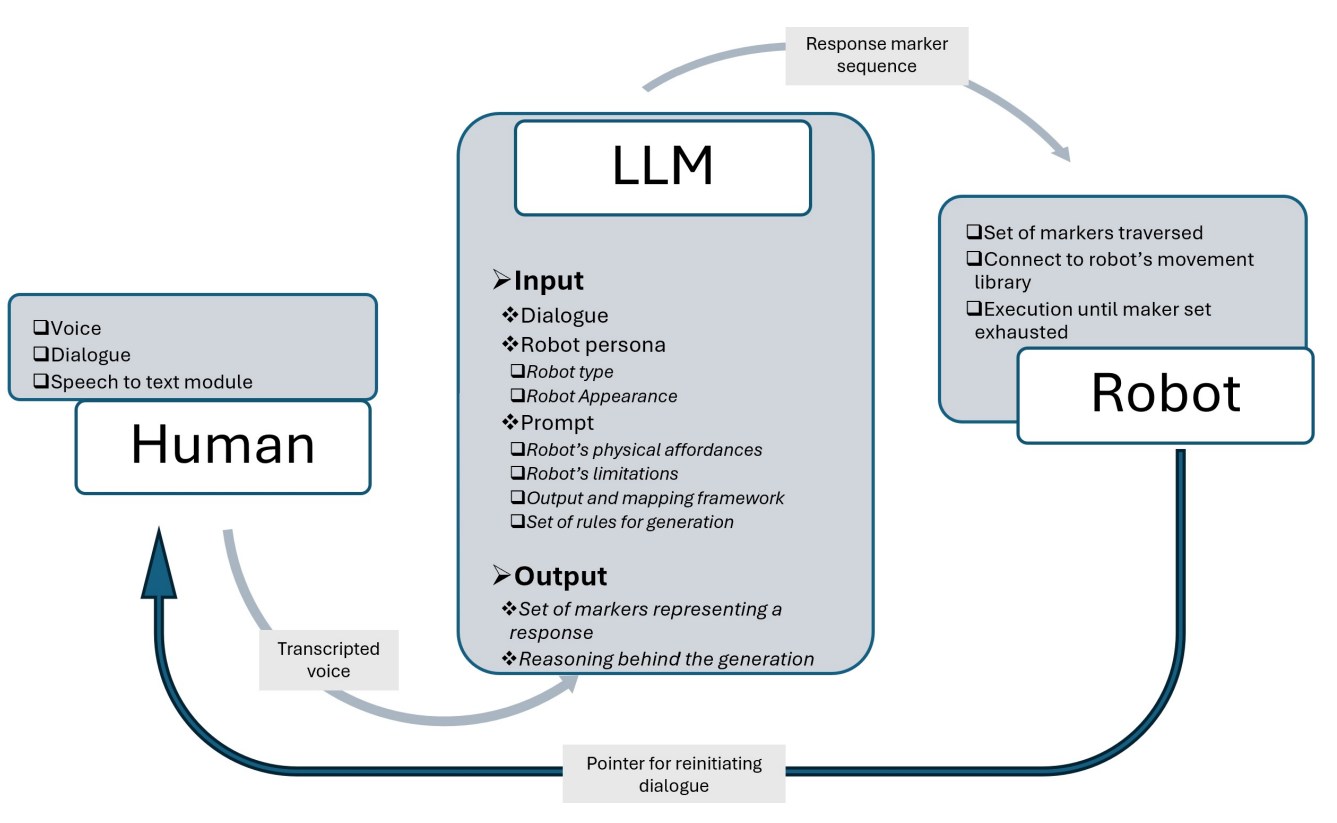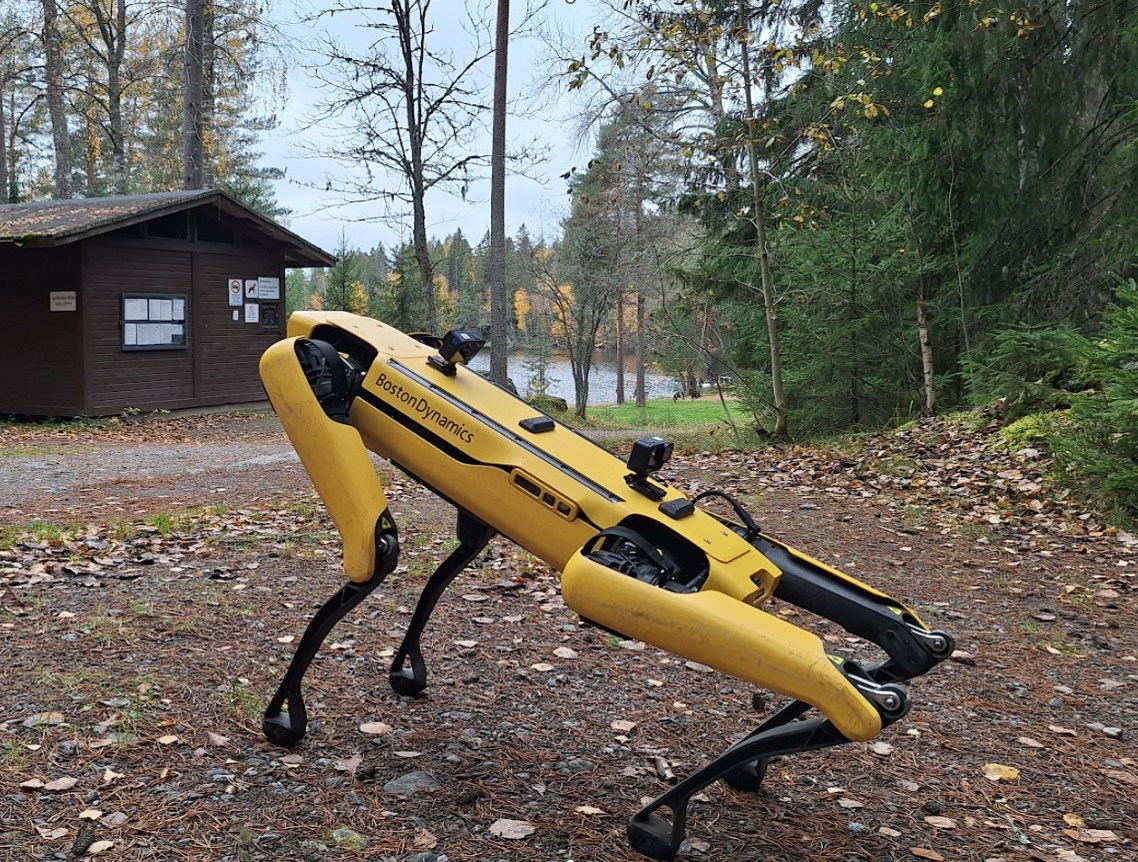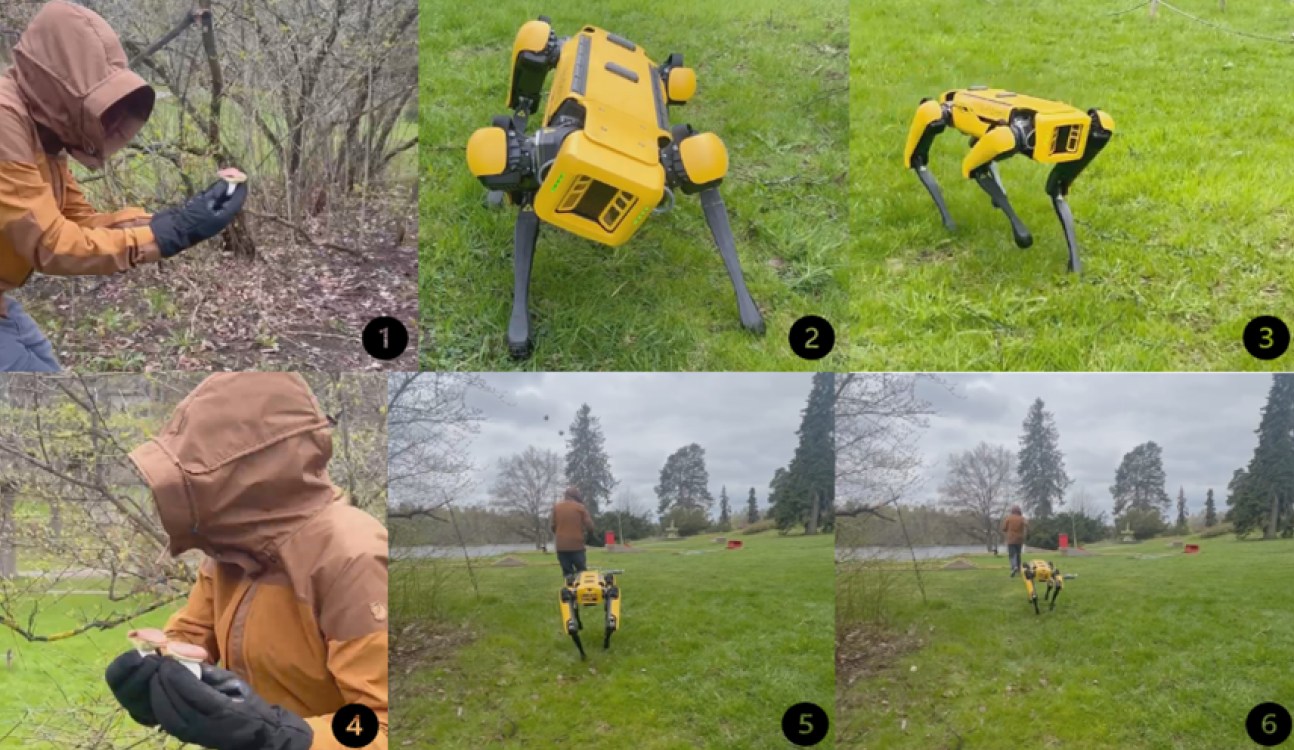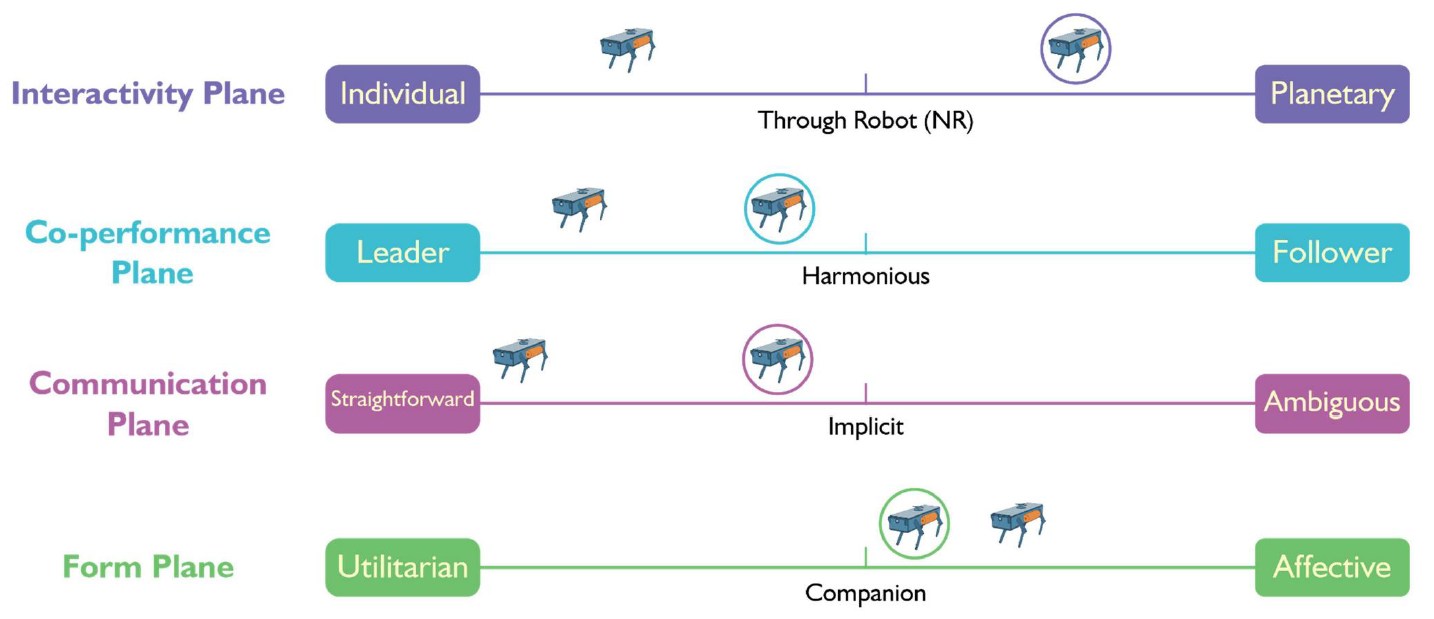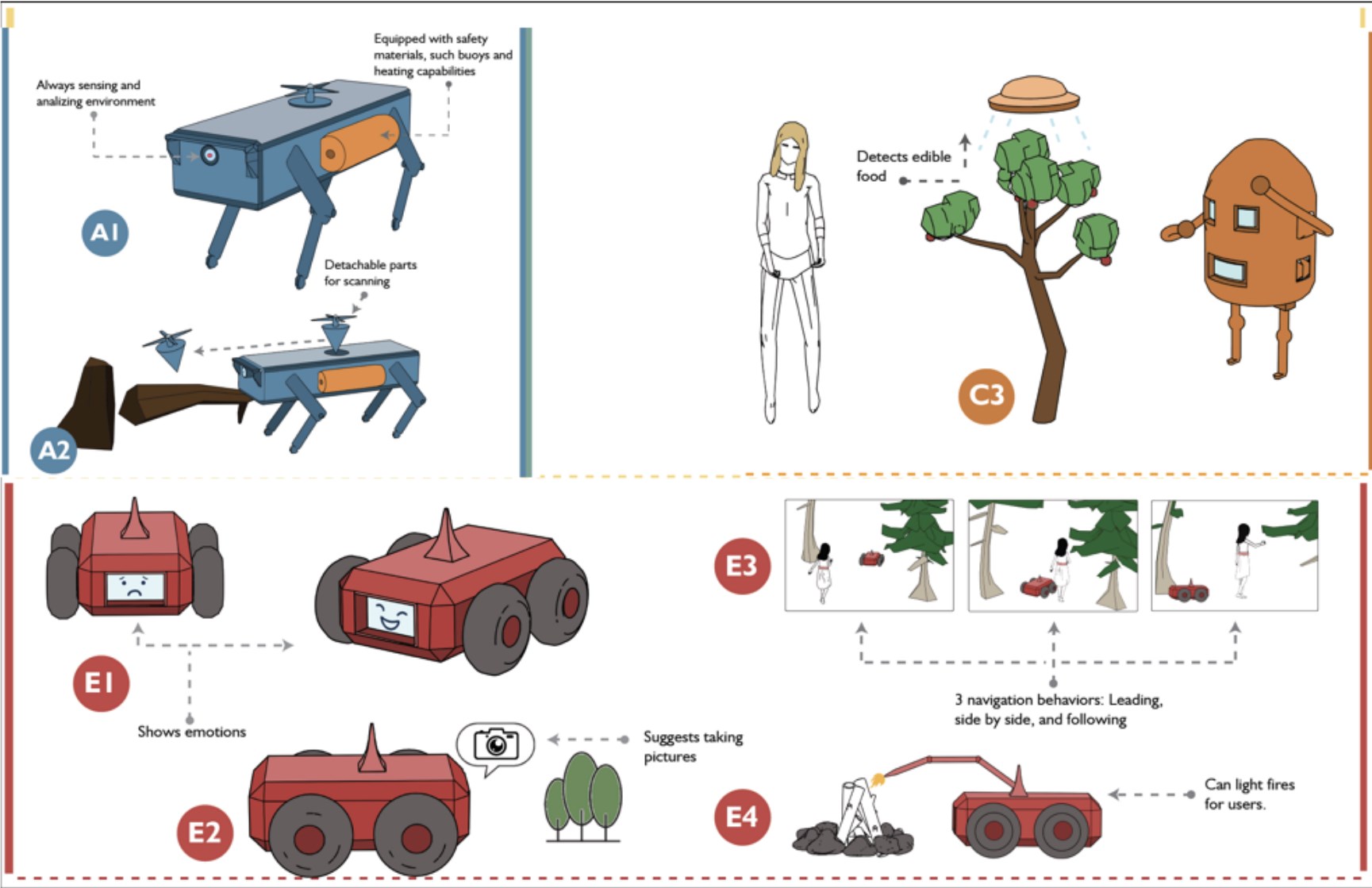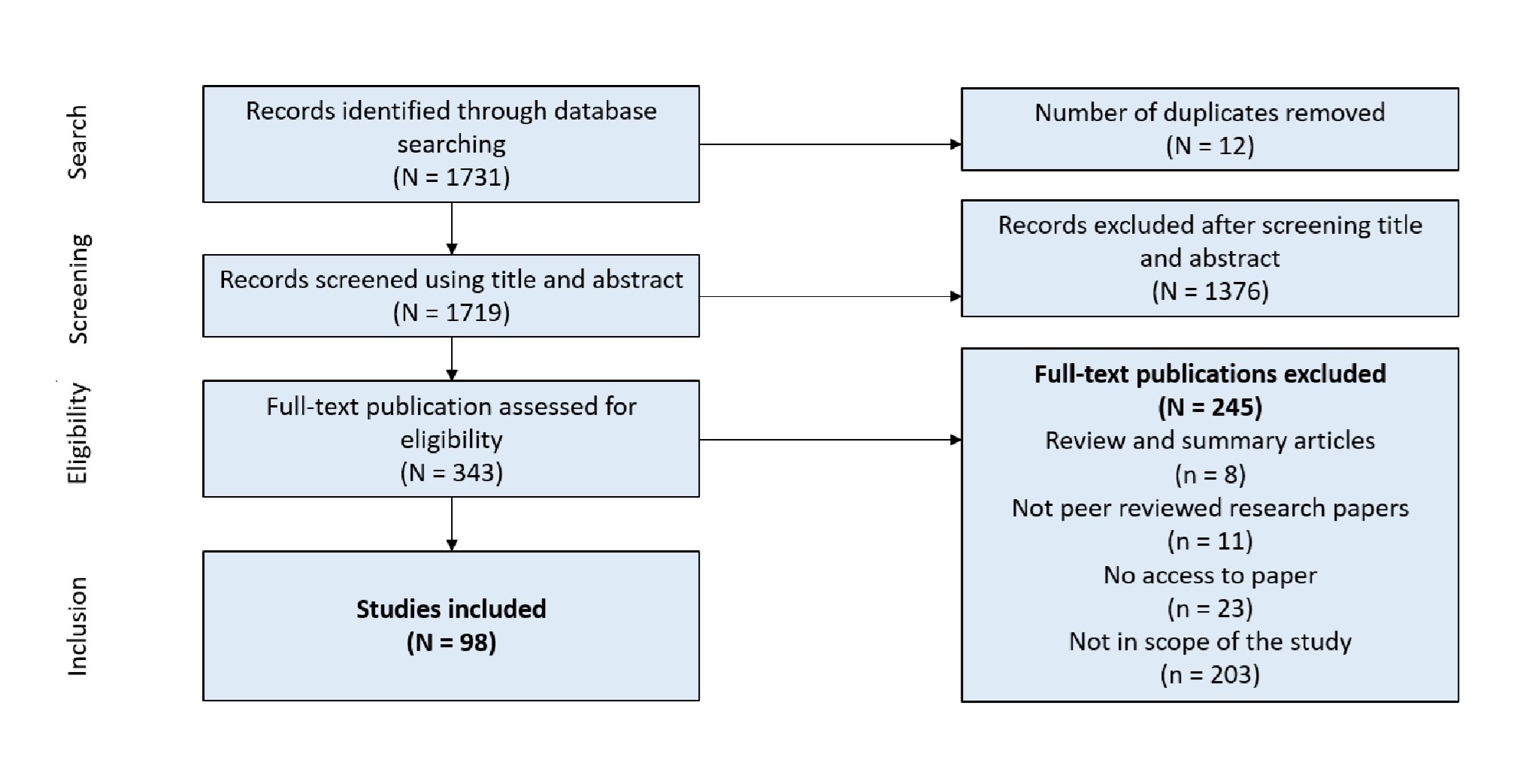Abstract
As robots increasingly enter social and domestic environments, their ability to generate context-aware and expressive behaviors becomes essential for meaningful and believable human-robot interaction. Traditional behavior generation often relies on static rules or scripted routines, limiting adaptability and nuance. In this workshop, we present a novel system that leverages Large Language Models (LLMs) to generate dynamic, embodied responses for robots. Our system integrates a defined robot persona, an affordance profile based on physical capabilities, and a response mapping framework that converts conversational inputs into sequences of expressive movement markers. Participants will engage in a hands-on experience with this system, beginning with an introduction to behavior generation in robotics and a live demonstration. Working in small groups, they will design their own LLM prompts and response scenarios for daily life interactions, implement them using the framework, and test the results directly on a quadruped robot, Spot from Boston Dynamics. The workshop drives participants and practitioners to critically reflect on expressive AI and robot interaction design.
Role: Supervisor
Type: Extended Abstract (Workshop)
Conference: Proceedings of the 28th International Academic Mindtrek Conference
Stats: h5-index:18
Date: 2025
Co-Authors: Eshtiak Ahmed, Bakhtawar Khan, Jiangnan Xu, Linas Kristupas Gabrielaitis and Juho Hamari
